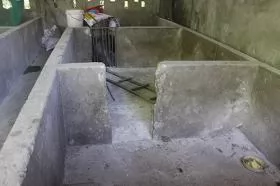Best practices for African Swine Fever control
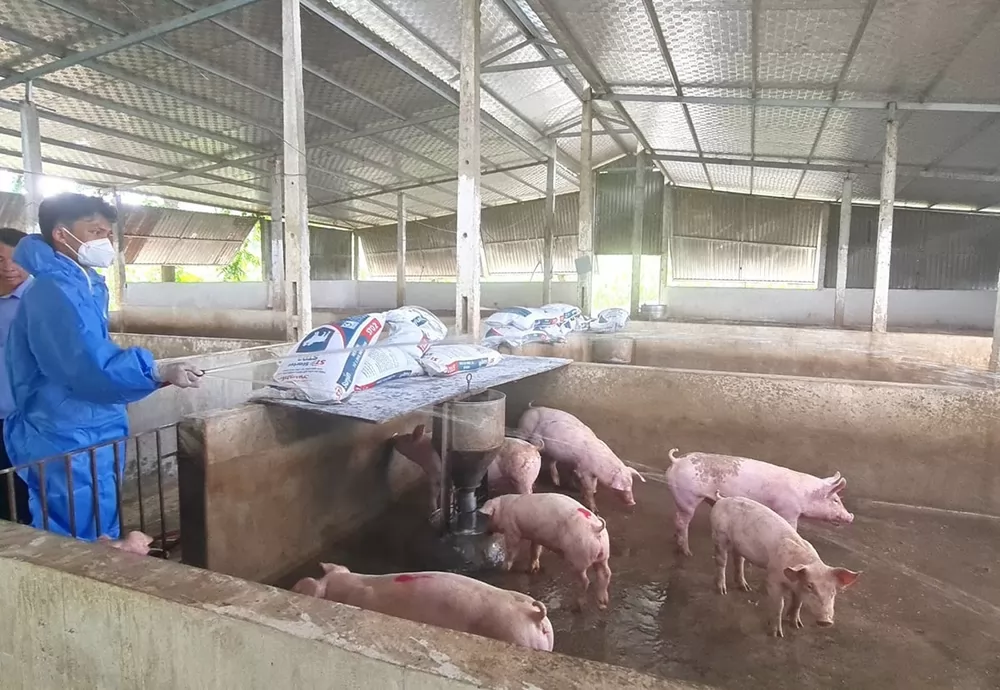
African Swine Fever has severely impacted Tuyen Quang's livestock sector, underscoring the need to promote and scale up effective community-based models and innovative disease-control practices. Photo: Dao Thanh.
(VAN) In Tuyen Quang province, livestock farmers have introduced effective models and innovative practices that significantly strengthen African Swine Fever prevention and control efforts.
As of early November, Tuyen Quang province recorded 195,272 pigs infected and culled across more than 21,000 farming households, with a total volume of over 9.6 million kilograms. The large scale of losses, along with the rapid and hard-to-control spread of the disease, has created an urgent need for new solutions and innovative approaches to reduce transmission risks.
In this context, the decisive guidance from all levels and sectors, combined with the proactive, risk-averse spirit of the livestock farmers, has created commendable bright spots in disease prevention and control efforts. Many good models and effective methods have demonstrated and are continuing to show clear positive results.
According to Mr. Le Hai Nam, Head of the Tuyen Quang Sub-Department of Livestock Production, Animal Health, and Aquaculture, immediately upon detecting the outbreak, local authorities quickly organized containment and eradication efforts, and at the same time implemented regular general sanitation and disinfection in high-risk areas.
One of the most effective measures applied is the “no-contact farming” model. This model requires complete isolation of livestock, caregivers, and transport vehicles, minimizing the risk of cross-contamination, which was the main reason for the rapid spread of the disease recently.
Thanks to this approach, in the communes of Linh Ho and Tan Thanh, the pig herds applying the “no-contact farming” model have remained safe, have not been affected by the disease, and are currently eligible for sale.
Parallel to this, many households and large farms have proactively shifted their livestock models toward a closed-loop system, strictly controlling epidemiology, and applying biotechnology in waste treatment, deodorization, and disinfection of livestock pens. The goal is to create a disease-free farming environment, minimizing the risk of pathogens entering from outside.
Mrs. Tran Thi Hoa Dung's family, in Phu Thinh hamlet, Truong Sinh commune, previously maintained a herd of over 100 commercial pigs and 20 sows. However, the recent outbreak wiped out the entire herd, causing great losses for her family.
Not giving up, Mrs. Dung immediately started renovating the barn, conducting a general clean-up, continuously spraying disinfectant, spreading a thick layer of lime powder around the rearing area, redoing the drainage system, and building a new waste treatment area. She plans to install additional mesh barriers, dig disinfection trenches at the entrances, and move toward applying the "no-contact farming" model when restocking her herd.
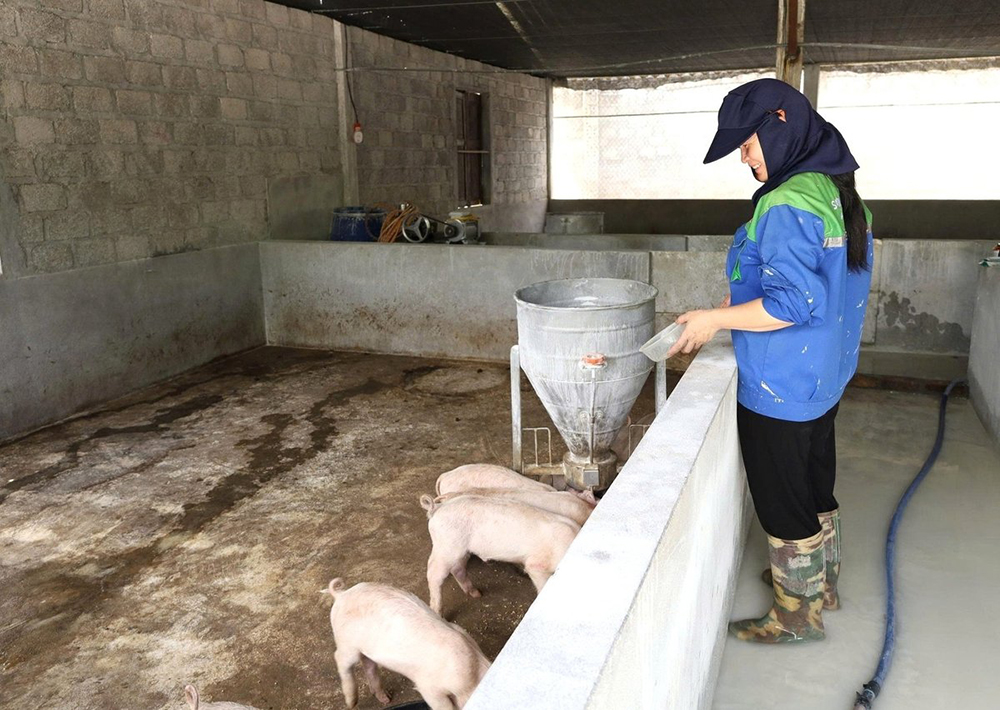
The non-contact livestock farming model has been adopted by several households in Tuyen Quang and has proven effective in preventing African Swine Fever. Photo: Dao Thanh.
During this outbreak, several entities, including Dabaco Group and the Sang Nhung Safe Food Production and Processing Cooperative, have proactively supported nearby households by supplying lime powder and disinfectants. These materials were used for wide-area sanitization within a 2-5 kilometer radius around livestock farms. Such assistance has helped reduce the environmental pathogen load and establish a broader protective buffer for the entire community.
According to Mr. Nguyen Ngoc Sang, Director of the Sang Nhung Safe Food Production and Processing Cooperative, protecting only one’s own farm is not enough. The surrounding environment must also be clean to effectively lower the risk of disease intrusion. By helping fellow farmers, the Cooperative is engaging in early and preventive disease control - an approach he considers the most effective way to protect its own operations in the long run.
In practice, innovative and proactive approaches from the livestock community are playing a crucial role in controlling African Swine Fever in Tuyen Quang. Not only do these practices help minimize immediate losses, but they also lay the foundation for safe and sustainable pig farming in the future.
The lessons from the outbreak show that farmers need to change their mindset, strictly manage inputs, from breeding stock, feed, and water to farm hygiene, as well as outputs, such as safe slaughtering and controlled transportation. Only then can disease risks be reduced, and productivity and meat quality stabilized.
These effective practices are spreading across communes with high livestock density, providing an important foundation for Tuyen Quang to achieve its overall goal: building a disease-safe, sustainable, and environmentally friendly livestock sector that protects the livelihoods of thousands of local households.
Author: Dao Thanh
Translated by Phuong Linh
Maybe you are interested
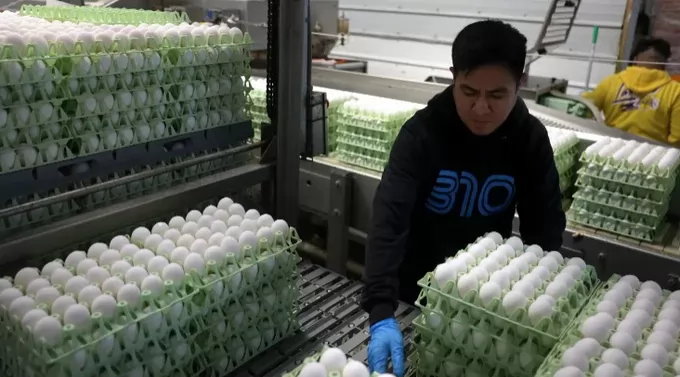
Are socially distanced chickens laying more affordable eggs?
Shoppers used to picking up the cheapest eggs at the grocery store may now be reaching for higher-end cartons.
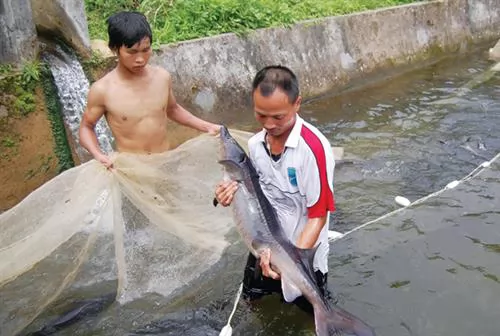
Caged-sturgeon breeding brings high incomes to mountainous farmers
LÀO CAI — Breeding cold-water sturgeon in cages has brought a stable source of income for poor farmers in the northern mountainous province of Lào Cai.

Vietnam farmers in dire need of piglets to restock hog herds
Replenishing their decimated hog herds hit by African swine fever remains a difficult task for farmers as the market runs short of piglets.


